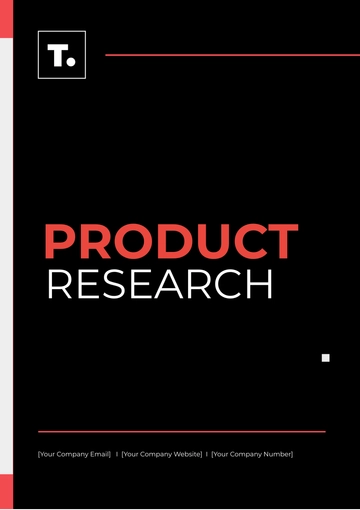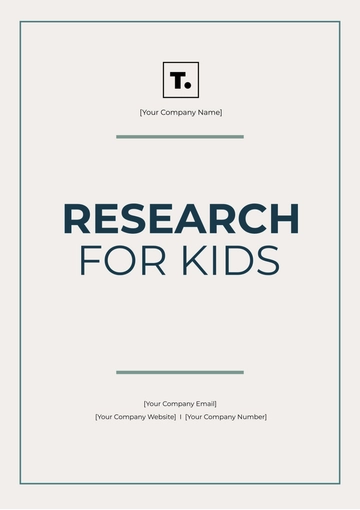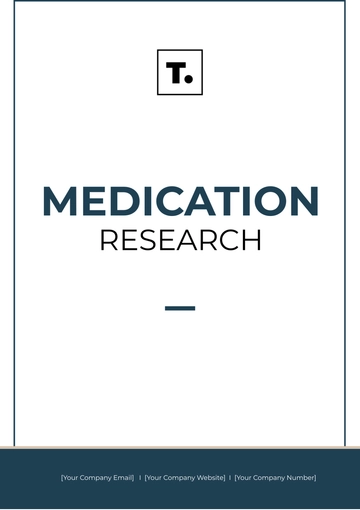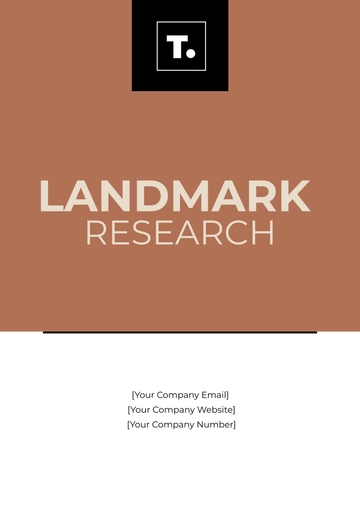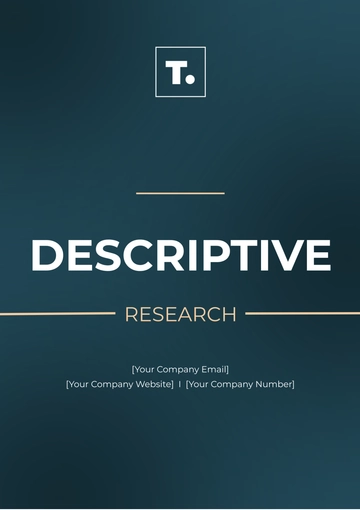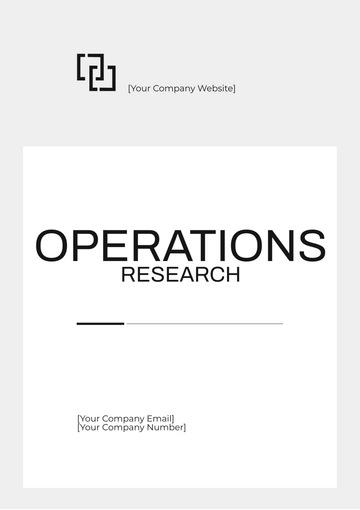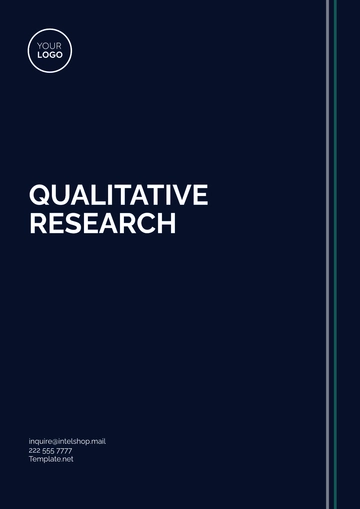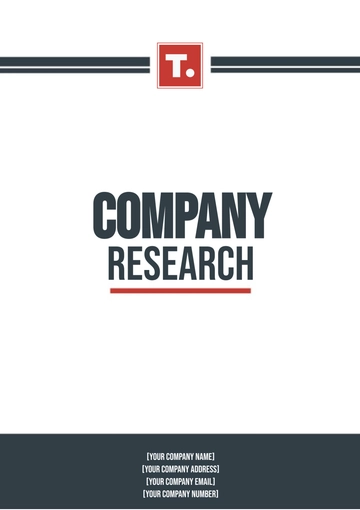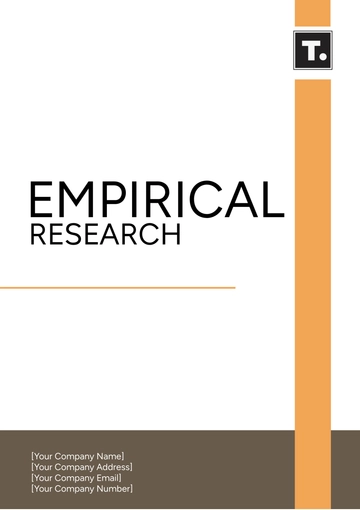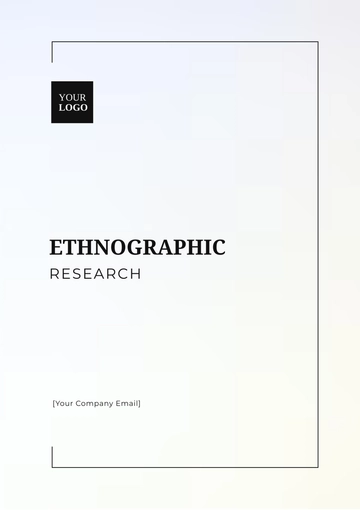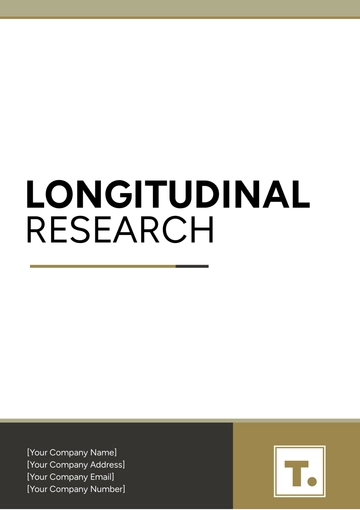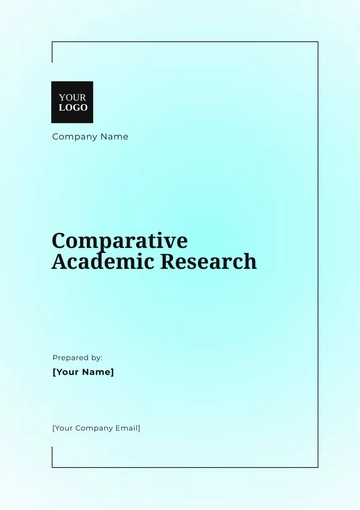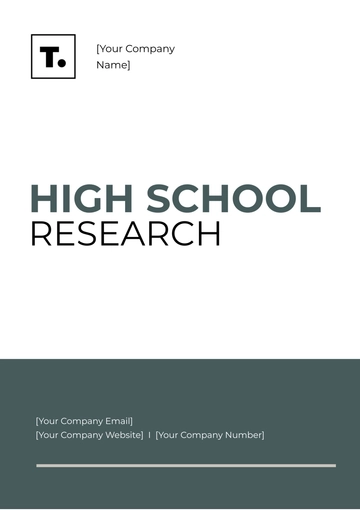Free Recruitment Analytics Research HR
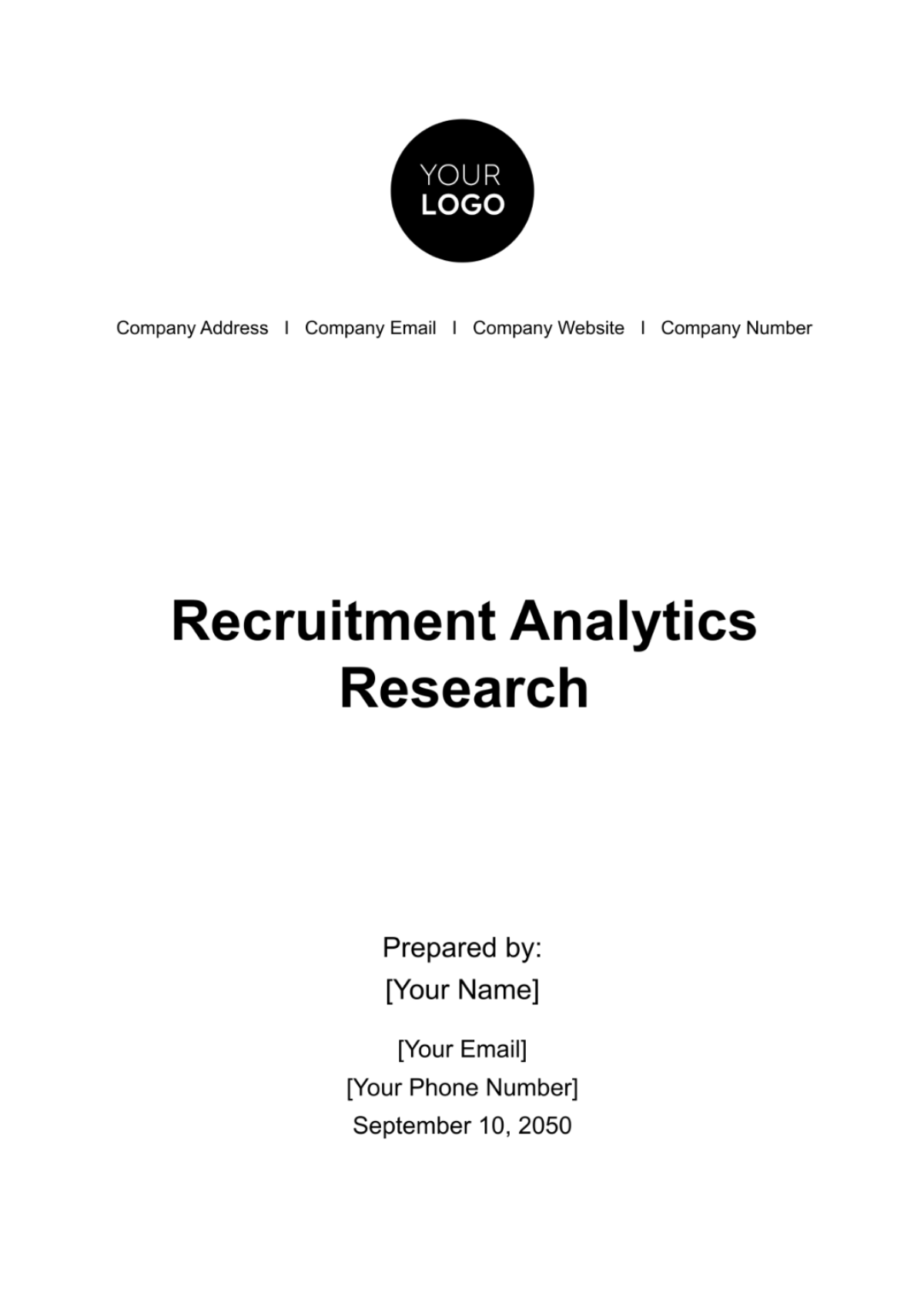
Table of Contents
1. Executive Summary ...........................................................................................2
2. Introduction .......................................................................................................2
3. Objectives. ........................................................................................................3
4. Methodology .....................................................................................................3
5. Key Metrics .......................................................................................................4
6. Data Collection ..................................................................................................4
7. Findings .............................................................................................................5
8. Recommendations ............................................................................................5
9. Conclusion .........................................................................................................7
10. Appendices ......................................................................................................7
Executive Summary
The Executive Summary provides an overarching view of this research study conducted by [Company Name], targeting the intricate elements of recruitment through analytics. The objective is not merely to assess but also to refine the effectiveness of the existing recruitment mechanisms within the organization. In a market that is increasingly competitive and talent-driven, the imperative to make data-guided decisions has never been more crucial. Hence, this research is anchored around key performance indicators (KPIs) such as time-to-hire, cost-per-hire, and the quality of hires.
The methodology employed is a mixed-method approach, blending qualitative interviews with quantitative data to offer a holistic view of recruitment metrics. The research spans six months, offering a substantial amount of data to underline its findings and recommendations. The goal is to illuminate gaps, inefficiencies, and strengths in the current recruitment process, presenting actionable insights that [Company Name] can leverage for improvement.
The study not only scrutinizes the cost effectiveness but also delves into the qualitative aspects like candidate experience and post-hire performance. With a 360-degree evaluation, the organization will be equipped to undertake initiatives that are more in line with both fiscal prudence and talent acquisition quality. By implementing the recommendations provided, [Company Name] aims to foster a more streamlined, effective, and candidate-friendly recruitment process, thereby achieving its organizational goals.
Introduction
The primary aim is to dissect multiple dimensions of the recruitment process, from initial screening to final onboarding. It evaluates an array of metrics including but not limited to, performance indicators, time and cost efficiency, and the overall effectiveness of current recruitment strategies. This endeavor seeks to offer a magnified, detailed perspective that highlights not just the successes, but also pinpoints areas where there is room for improvement or optimization.
Furthermore, the study serves as a reliable roadmap for HR professionals within the organization, furnishing them with empirically supported insights that could be instrumental in refining recruitment protocols. It extends beyond mere numbers to include qualitative aspects that contribute to both candidate experience and long-term success in the role. In sum, this research is designed to serve as a comprehensive guide for [Company Name], allowing it to align its recruitment strategies more closely with organizational objectives while adapting to the dynamic conditions of the talent market.
Objectives
The objectives of this research study are multi-dimensional and aimed at providing a comprehensive understanding of the [Company Name] recruitment process. First, we aim to identify and understand the key metrics that are pivotal in determining recruitment success. These metrics will serve as the yardstick against which the effectiveness of the current procedures is measured.
Secondly, a thorough evaluation of the existing recruitment process will be undertaken. This involves scrutinizing each stage of the recruitment funnel, from candidate sourcing to onboarding, to identify potential bottlenecks, inefficiencies, or areas of strength.
Lastly, one of the primary goals is to offer data-backed recommendations for improvement. Unlike anecdotal or intuition-based suggestions, these recommendations will be founded on quantifiable evidence and thorough analysis. The purpose here is to provide actionable insights that [Company Name] can readily implement to enhance the efficiency and effectiveness of its recruitment initiatives.
Methodology
The methodology for this study is designed to offer a balanced and thorough understanding of [Company Name] recruitment process. A mixed-method approach is employed, incorporating both qualitative and quantitative research techniques. On the qualitative side, interviews are conducted with various stakeholders, including hiring managers, recruiters, and newly hired employees, to gain nuanced insights into the candidate experience and hiring process. Quantitatively, data is rigorously analyzed to examine key performance indicators like time-to-hire, cost-per-hire, and candidate quality.
The data collection phase spanned a duration of six months, from January to June 2050, providing a robust data set that accounts for seasonal fluctuations and other variables that could affect recruitment. This comprehensive methodology ensures that the study's findings and subsequent recommendations are both reliable and actionable.
Key Metrics
Metric | Description |
Time-to-Hire | Average number of days from job posting to job offer |
Cost-per-Hire | Average cost incurred to hire a new employee |
Quality-of-Hire | Performance ratings of newly hired employees during the probation period |
Data Collection
The data collection for this research study is a comprehensive process aimed at drawing insights from various sources to ensure a well-rounded view of the recruitment landscape at [Company Name] Utilizing multiple data sources not only adds depth to the study but also allows for cross-referencing to improve the reliability of findings. Below are the primary data sources used:
HR Software: One of the most valuable resources for this study is the internal Human Resources Management System (HRMS). It offers a treasure trove of data points such as applicant tracking, time-to-hire, and cost-per-hire metrics. Additionally, the HRMS provides demographic data of applicants and employees, thereby enabling a more nuanced understanding of recruitment effectiveness across different groups.
Employee Surveys: To gauge employee satisfaction and to obtain firsthand accounts of the recruitment process, anonymous employee surveys were administered. These surveys help in understanding the organizational culture and identifying any gaps in the recruitment-to-onboarding transition, which is vital for employee retention strategies.
Performance Evaluations: To link recruitment practices with employee performance, existing performance evaluation data were also examined. This includes metrics related to employee productivity, job role alignment, and professional development. By correlating this information with recruitment data, the study aims to evaluate the long-term success rate of recruits.
Data was collected from these sources over a period of six months, thus offering a comprehensive and temporally diverse set of information. This meticulous approach to data collection lays the foundation for the research study’s credibility and depth.
Findings
Time-to-hire has decreased by 10%
Cost-per-hire has increased by 5%
Quality-of-hire remains consistent at 85% satisfactory rating
Recommendations
Based on the comprehensive analysis of data and insights gathered, the following recommendations are proposed to improve [Company Name] recruitment strategy:
Streamline the Interview Process to Reduce Time-to-Hire:
Simplify the number of interview rounds to accelerate the selection process.
Implement technology like AI-assisted screening tools to quickly identify qualified candidates from a large pool.
Offer immediate feedback post-interviews to keep candidates engaged and reduce drop-off rates.
By streamlining the interview process, the company can significantly cut down the time-to-hire metric, enabling quicker talent acquisition and reducing operational downtime.
Focus on Employer Branding to Reduce Cost-Per-Hire:
Leverage social media platforms to showcase company culture and work environment.
Employee testimonials and case studies can be used to boost employer credibility.
Partnerships with educational institutions for internships or workshops can create a favorable impression among future recruits.
A strong employer brand will naturally attract quality candidates, reducing the need for expensive advertising and headhunting services, thereby lowering the cost-per-hire.
Enhance Pre-Screening Processes to Improve Quality-of-Hire:
Incorporate skill assessment tests relevant to the job role during the application phase.
Utilize psychometric evaluations to assess cultural fit and soft skills.
Detailed reference checks should be mandatory to verify the authenticity of candidates' qualifications and work history.
Enhanced pre-screening measures will ensure that only the most compatible and skilled candidates proceed through the recruitment funnel, increasing the quality-of-hire metric.
These recommendations, if implemented correctly, are expected to deliver measurable improvements in the key performance indicators, thereby optimizing [Company Name] overall recruitment strategy.
Conclusion
The research conducted offers a comprehensive evaluation of [Company Name] current recruitment strategies, highlighting areas where optimization is possible. It not only lays out the existing challenges but also provides data-backed recommendations to address them. By implementing these recommendations, the company is poised to significantly improve key performance indicators such as time-to-hire, cost-per-hire, and quality-of-hire. This will not only make the recruitment process more efficient but also ensure that the talent acquired aligns well with the organization's goals and culture. Overall, adopting these suggested changes could mark a turning point in the company's recruitment endeavors, driving both short-term gains and long-term sustainability.
Appendices
Detailed Data Sets
Table A1: Time-to-Hire Metrics (January - June 2050)
Month | Average Time-to-Hire (Days) |
January | 45 |
February | |
March | |
April | |
May | |
June |
Interview Transcripts
Excerpt from Interview with [Name], HR Manager
Interviewer: Can you describe the current challenges in the recruitment process?
[Name]: Well, one of the major issues we face is the time it takes to sift through applications, especially when there are hundreds for a single position. This affects our time-to-hire metric significantly.
Survey Responses
Question 12: On a scale of 1-10, how would you rate the clarity of job roles during the recruitment process?
Rating | Number of Respondents |
1 | 2 |
2 | |
3 | |
4 | |
5 | |
6 | |
7 | |
8 | |
9 | |
10 |
These are just sample extracts from the appendices. For the full data sets, interview transcripts, and survey responses, please refer to the supplementary materials provided.
This Recruitment Analytics Research aims to serve as a foundational resource for [Company Name] in its ongoing efforts to optimize recruitment strategies and operations.
- 100% Customizable, free editor
- Access 1 Million+ Templates, photo’s & graphics
- Download or share as a template
- Click and replace photos, graphics, text, backgrounds
- Resize, crop, AI write & more
- Access advanced editor
Elevate your recruitment strategies with the Recruitment Analytics Research HR Template. Designed for HR professionals seeking data-driven insights, this comprehensive guide targets crucial performance indicators such as time-to-hire, cost-per-hire, and quality-of-hire. Complete with data collection tools, interviews, and surveys, it's your blueprint for a smarter, more effective hiring process.


